This week marks the one year anniversary of the Joe Crow – The Audio Pro blog and regular YouTube content.
Wow. That went fast!
So to mark the occasion, I’m going to share with you the top 5 biggest recording and mixing mistakes that I’ve made in the past. Some of these really held back my recordings and mixes… but that’s okay! Because I’ve learnt from them, and my work is better as a result of them. And I hope by sharing this with you, you might learn from my mistakes as well.
The Biggest Recording Mistakes I’ve Made
1. Not Paying Enough Attention to The Room
No, I’m not talking about the Tommy Wiseau film. No-one needs to pay attention to that. I’m talking about any room that I’ve used to record audio at home. When I first started recording music professionally, I was freelancing at a recording studio as well as recording smaller artists from home. I wasn’t in charge of acoustically treating the live rooms, that had already been done for me. Whatever came out of the studio just sounded awesome.
At home, however, I was in charge of the room treatment. And I didn’t consider it a high enough priority. No matter how great your microphones and preamps are, you won’t be getting a professional quality recording if you haven’t acoustically treated the room properly.
Remembering back to how I’d set my room up is almost embarrassing… Just a handful of foam panels on one of the walls. No designated recording area. Nothing on either side of the monitoring position. No bass traps. In hindsight, I’d have put more thought into where the recording area of the room should be, and I’d have treated it with more sound dampening, particularly in the corners of the room.
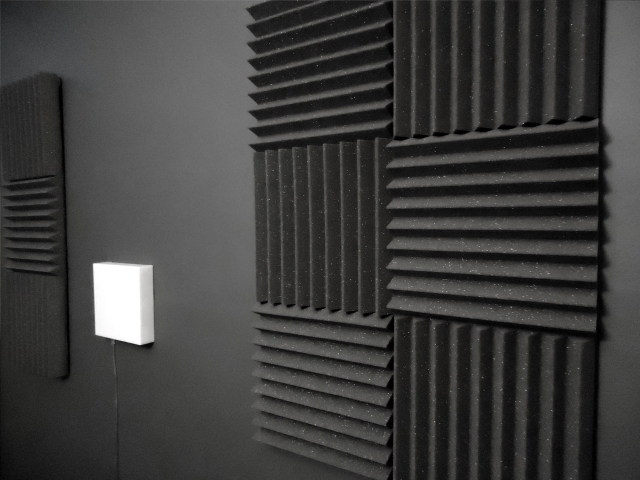
For anyone in the same situation and unsure of how to treat their room, GIK Acoustics gives out free advice.
2. Not Experimenting Enough
Yes, slapping an SM57 in front of the cone of a guitar amp works. But that doesn’t mean it’s the only mic and only position that can capture a great guitar tone. I spent a lot of my early years of recording relying on the same, one or two mics and mic placements for everything. And while it captured the performance just fine, I was missing out on learning more techniques and capturing something a little more interesting.
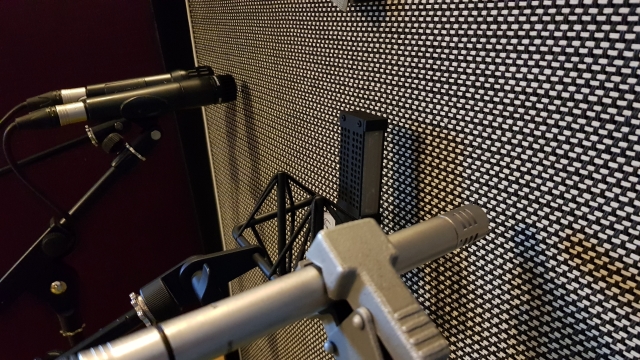
When I started experimenting with more mics and placements, I started to get more out of recording sessions. Remember though, there’s a time and a place for experimenting. If you or a client are short on time, sometimes it’s best to stick with what you know.
3. Headphone Bleed!
Even closed-back headphones bleed. There have been too many occasions where I’ve left the headphone level too high, and have ended up with the faint sound of the click embedded into a recording. Oftentimes, it’s only audible in the quietest sections, like the tail of a guitar chord, but it can still be enough to ruin a recording! I’ve learnt to keep the click as low as possible, and even to automate the click level to quieten down in the quieter sections of a song.
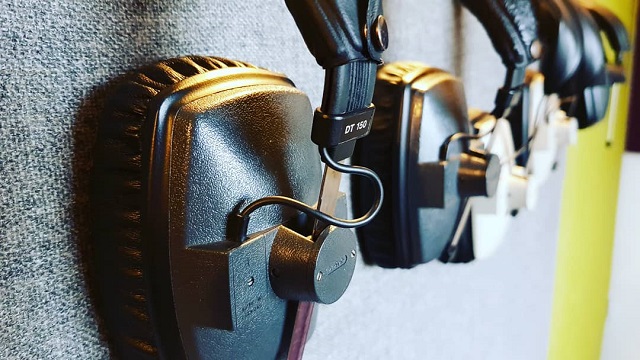
4. Not Being Mindful of Stereo Mic Placement
There’s a lot to consider when opting for stereo micing techniques over a single mic. The further away the two mics are from each other, the more at risk you are of phase issues. It’s something that I’ve dealt with before.
I also realised the importance of where stereo drum overheads should be placed – with relation to the snare, in particular. My snares always sounded fine when the snare mics were soloed, but with the overheads added into the mix, they tended to lose a lot of ‘snap’.
I realised that this was because one of the two overhead mics had a fair amount more snare in, meaning that the snare was shifting towards one side of the stereo field. I tried processing that overhead mic differently, trying to reduce the level of snare in it. But really, I should have been getting it right at the source! I started positioning my overhead mics so that the snare sat roughly in the middle of them. My snares had snap again!
Getting things right at the source will always beat fixing things in the mix.
5. Rushing The Sound Check
There’s nothing more nerve-racking when you’re running a studio session than realising that something isn’t quite right while the artist is in the middle of a perfect take. This has happened to me a few times before.
The level coming into the desk is louder than expected. Or one of the tracks has a bit of buzziness going on with it.
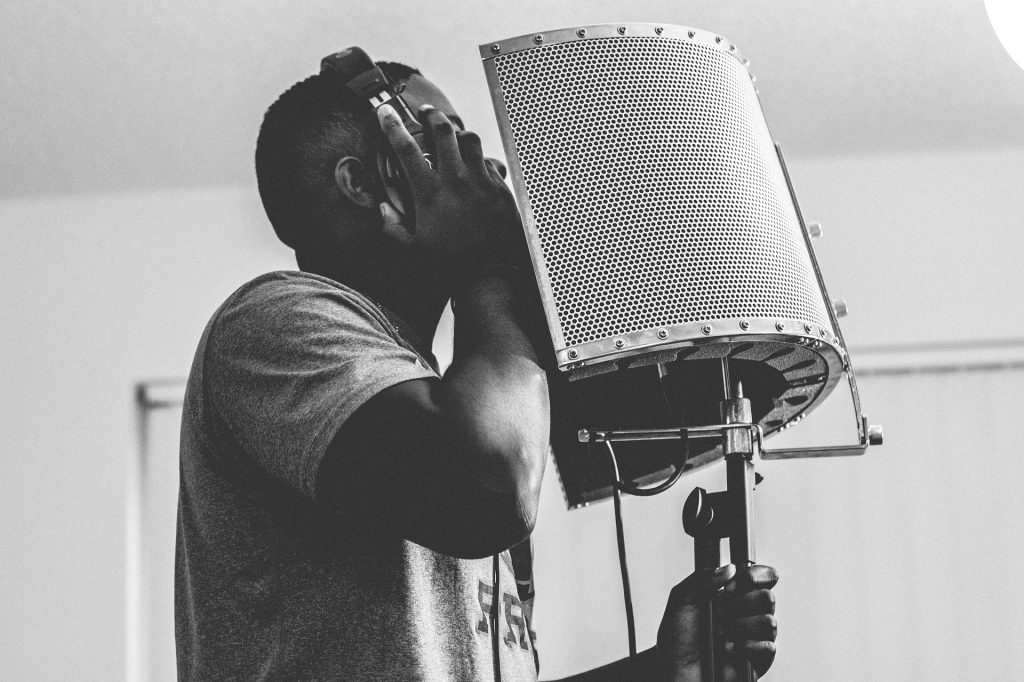
Issues like this can mess with the artist’s momentum and waste studio time. Taking an extra ten minutes to sound check, and listening back to a draft recording can make the session go much more smoothly. It’s worth it.
The Biggest Mixing Mistakes I’ve Made
1. Not Using High Pass Filters
This one was an absolute game changer. Using high pass filters to cut out the low end on tracks that didn’t need it, transformed my mixes. It made achieving a clearer and less muddy mix far easier. I would say it’s the most useful EQ tip to know early on when learning to mix.
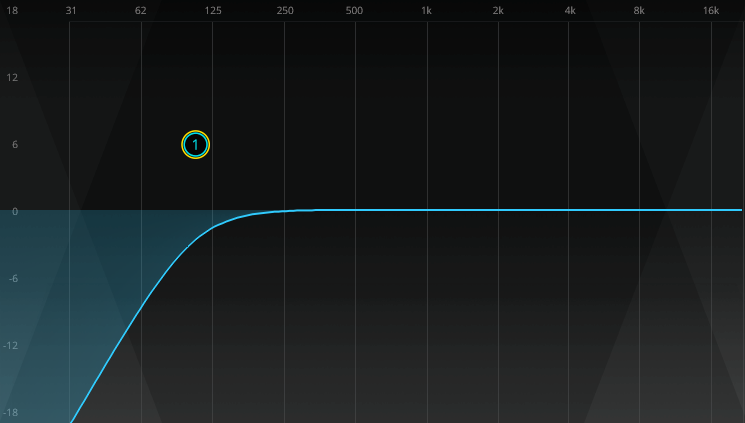
2. Using Too Much Reverb
Listening back to some of my old mixes is a little embarrassing… All of the vocals are absolutely drowning in reverb! I used to really struggle with getting the mix levels right on it and it ended up muddying the whole mix. I’ve learnt some self-control since then. In addition, learning how to use bussed reverbs rather than having an insert on every track helped too.
3. Going In Blind With Compression
Compression is hard. When I first started learning to mix, I knew that I needed to use compression, but I didn’t have a true understanding of what I was doing with it. There was far too much fiddling with knobs until it sounded good, rather than making calculated decisions. If someone would have explained it to me in simple terms it would have sped up the process for sure.
4. Being Too Conservative With Panning
Yes, your music might be heard in mono occasionally. But most of the time, it’s going to be listened to in stereo. I was concerned that if I panned a track completely hard left or right, it might disappear for those listening in mono. This can happen, but we really should be mixing records to sound their best on the most common listening sources. Not to mention that most mono sources sum the left and right channels together, so everything should be audible anyway.
This also comes back to not experimenting enough. We shouldn’t be limiting ourselves artistically, which is exactly what I did. Hard LCR (left, centre, right) panning can really help to widen out mixes and make for huge hooks.
5. Feeling Like I Had to Use Certain Plugins
Throughout my audio education and early studio experience, I would see pro engineers using all sorts of expensive, 3rd party plugins. And at times when I was really struggling getting my mixes to sound right, I’d naturally think about the gear that they use, and feel that maybe if I used the same gear that my problems would all go away.
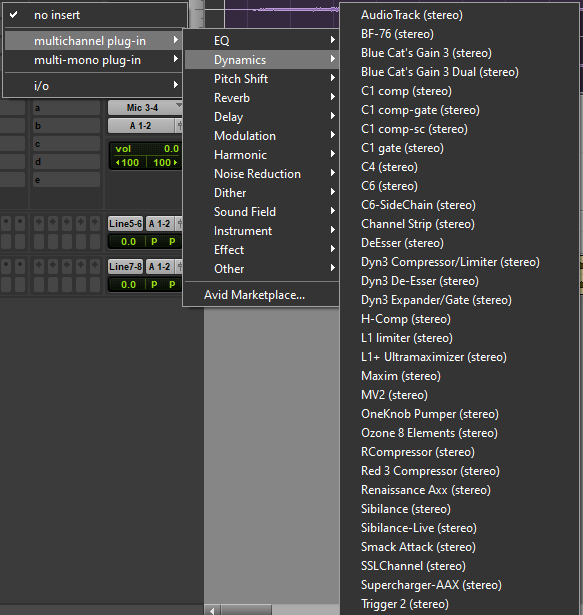
But then that begs the question, why do I need the expensive stuff if the pros can make quality records with stock as well? The bottom line is that you absolutely can make professional records using just stock plugins. And, by limiting yourself to only using stock plugins (at least in the early days), you can force yourself to focus on what’s important.
Bonus Mistake…
1. Crashing My Car In Front Of Carl Palmer of Emerson, Lake & Palmer
Yes. I did this. Pulling out of the studio car park trying to get out of his way. It was embarrassing. And I had to pay to repair my bumper… But hey, you live and learn! And I guess I’m a better driver now as well, ten years later. Or at least I’d like to think so?

Thank You!
I hope you’ve enjoyed perusing through my recording and mixing mistakes! I hope it’s helped you remember that we all make mistakes – it’s how we learn.
If you’ve been following the content here since the beginning, thank you so much. And if you’re new here, I’m so grateful that you’ve taken some of your valuable time to read this article. I’d love for you to stay. Consider signing up below for more audio engineering insight and a free guide on the best way to get your mixes started. Also, the YouTube channel is filled with useful tips and tutorials, so it’s definitely worth subscribing to if you’re learning audio.
Here’s to another year!